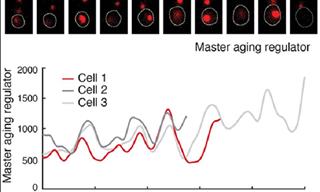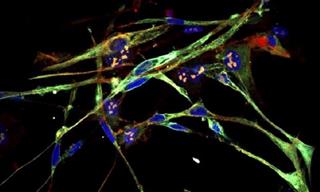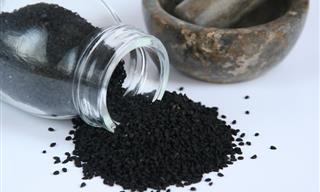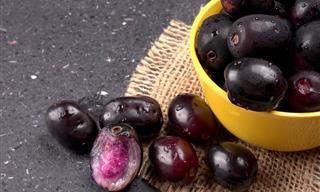For centuries, people across the globe were familiar with four primary tastes detected by the tongue: sweetness, sourness, saltiness, and bitterness. This changed more than a century ago when Japanese scientist Kikunae Ikeda made history by identifying the origin of umami, which was later officially acknowledged as a basic human taste after nearly eight decades.
Scientists from the University of California recently announced the discovery of another basic taste sensation that our tongues are capable of sensing: ammonium chloride.

According to a study published in Nature Communications recently, tongues respond to ammonium chloride by using the same protein receptor responsible for tasting sour. Scientists have known for decades that ammonium chloride causes a robust response in the tongue, but the receptors that cause this response have remained elusive despite extensive investigation.
Related: Discover Why There's a Metallic Taste in Your Mouth
The study's lead author, Dr. Emily Liman from the University of Southern California said: "If you live in a Scandinavian country, you will be familiar with and may like this taste. In some northern European countries, salt licorice has been a popular candy, at least since the early 20th century. The treat counts among its ingredients salmiak salt (ammonium chloride)."
We feel taste when ingested chemicals interact with specialized taste receptor cells (TRCs) on the tongue and palate, she added. These then release neurotransmitters onto neurons, which send messages to the brain, helping the neurological system in determining whether we are eating something bitter, sweet, umami, sour, salty, or a combination of all five.
Salt licorice, when combined with ammonium chloride, has a distinct flavor profile that combines bitterness, saltiness, and a hint of sourness. When we experience sourness, it indicates the presence of excessive acidity, which is characterized by a low pH level and an abundance of hydrogen ions. Previous research has linked the otopterin1 (OTOP1) gene to the sour taste receptors (TRCs). This gene encodes the protein OTOP1, which is responsible for the formation of proton channels within cells, allowing them to detect low pH levels and sense sour tastes.
In their recent study, researchers introduced the gene encoding the Otop1 receptor into lab-grown human cells so that they could produce the receptor in the cells. They next exposed these cells to acid or ammonium chloride and analyzed their reactions.
Dr. Liman provided insight into their research, stating that they observed that ammonium chloride serves as a highly effective stimulant for the OTOP1 channel, rivaling or surpassing the potency of acids. Furthermore, she indicated that trace amounts of ammonia stemming from ammonium chloride entered the cell, resulting in an elevation of pH levels and a subsequent reduction in the number of hydrogen ions.

Researchers identified the protein responsible for the taste of ammonium chloride, which is found in some Scandinavian sweets.
Following this, the group of scientists proceeded to study the reactions of mice when ammonium chloride was introduced into their drink. They observed that typical mice displayed a substantial increase in action potentials after the addition of ammonium chloride, whereas genetically modified mice that lacked OTOP1 failed to exhibit any response to the salt.
The experiment confirmed the responsiveness of OTOP1 to ammonium chloride. Furthermore, mice with a functional OTOP1 protein did not drink ammonium chloride-laced water, whereas animals lacking the protein did, even in high quantities.
Related: 5 Important Reasons to Keep Brushing Your Tongue
Furthermore, the study revealed that different species display varying degrees of sensitivity to ammonium chloride. When examining the responses of human, mouse, and frog cells, it became evident that frog cells exhibited heightened sensitivity in comparison to human and mouse cells. Dr. Liman explained that this divergence could be linked to the distinct dietary habits and ecological niches of these creatures.
This research provides fresh insights into the mechanisms of taste perception and its impact on our culinary preferences. Moreover, it paves the way for further investigations into tastes beyond the established six basics.
 Go to BabaMail
Go to BabaMail























































